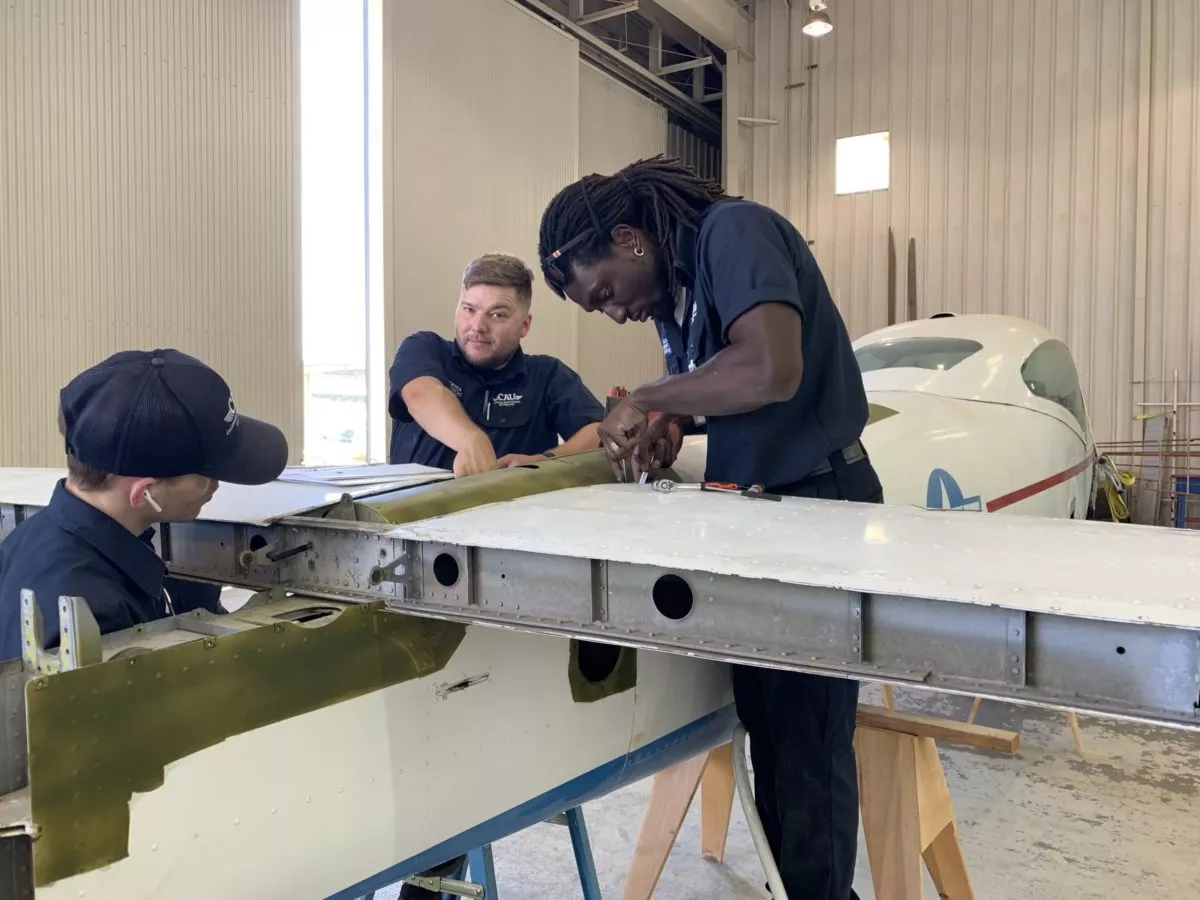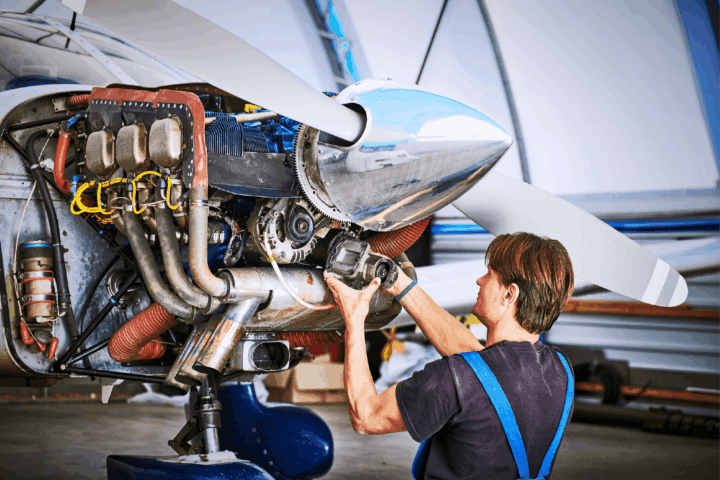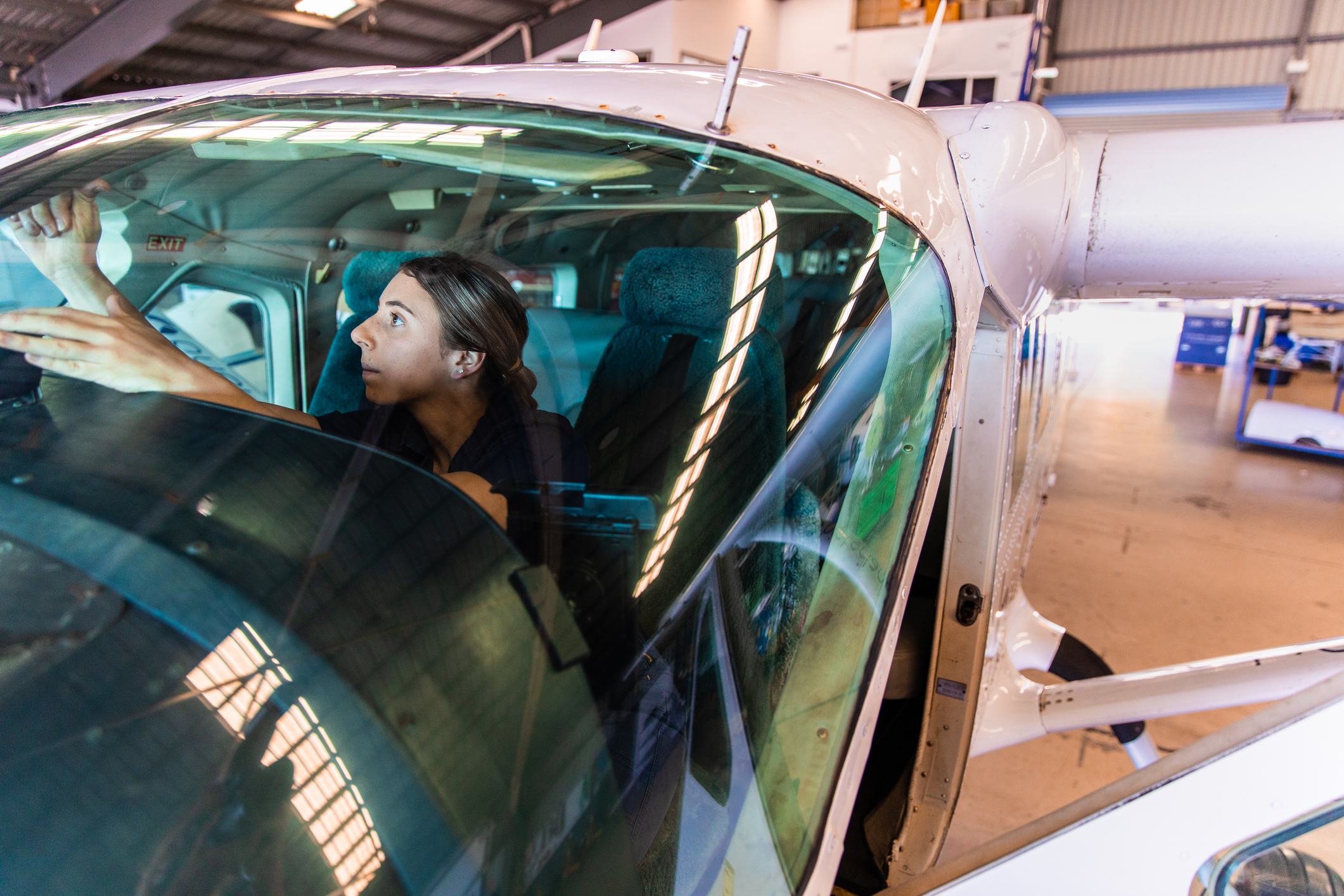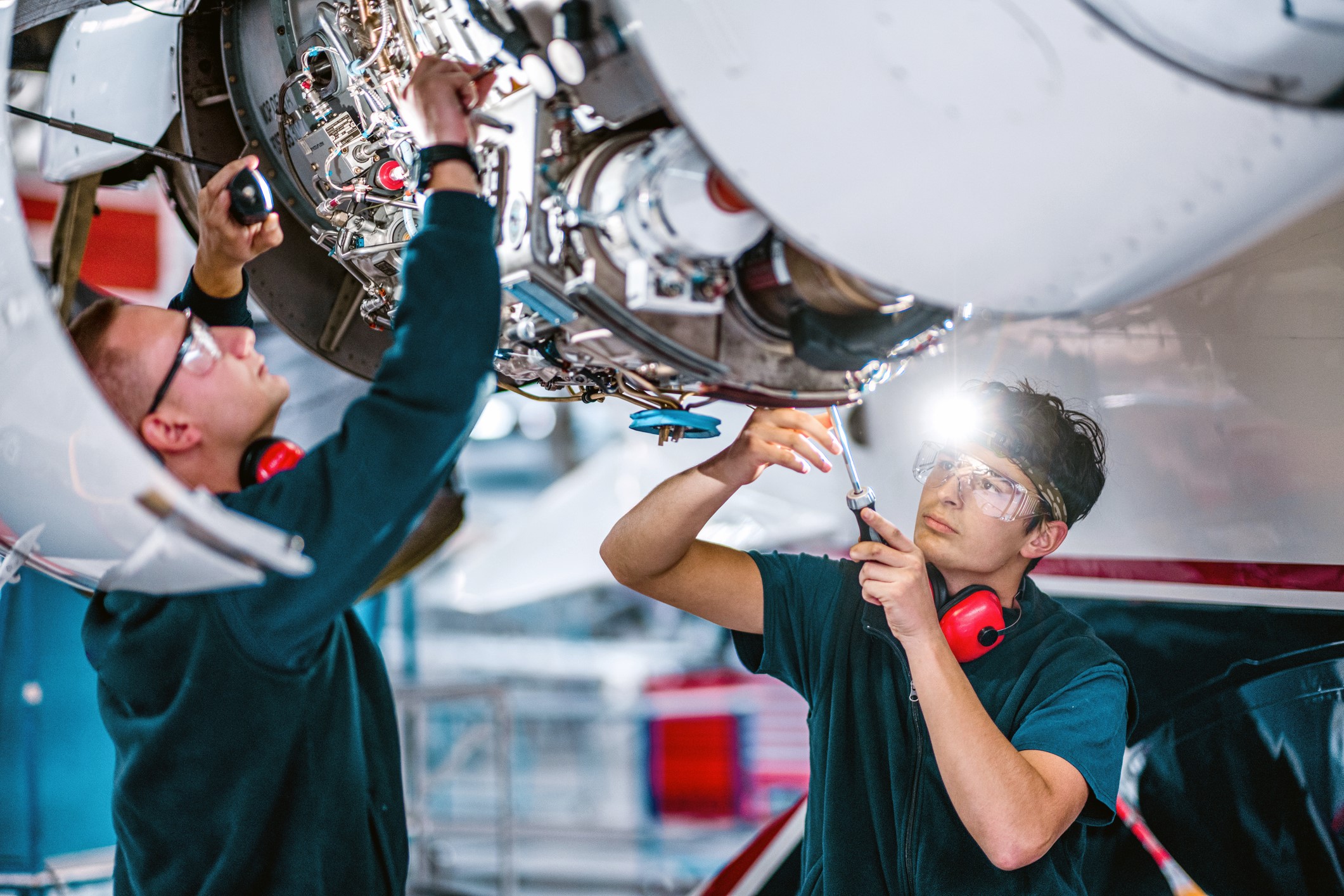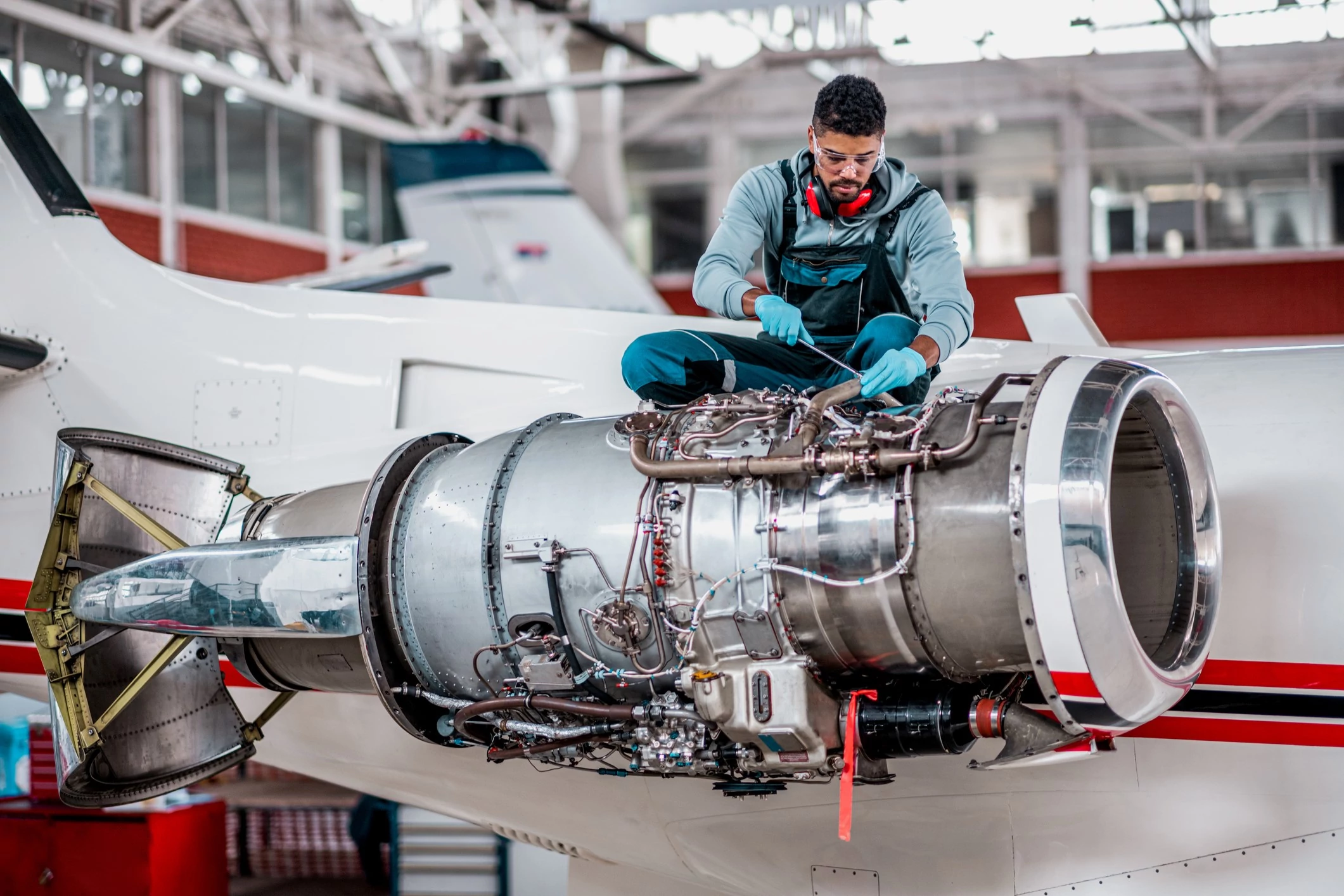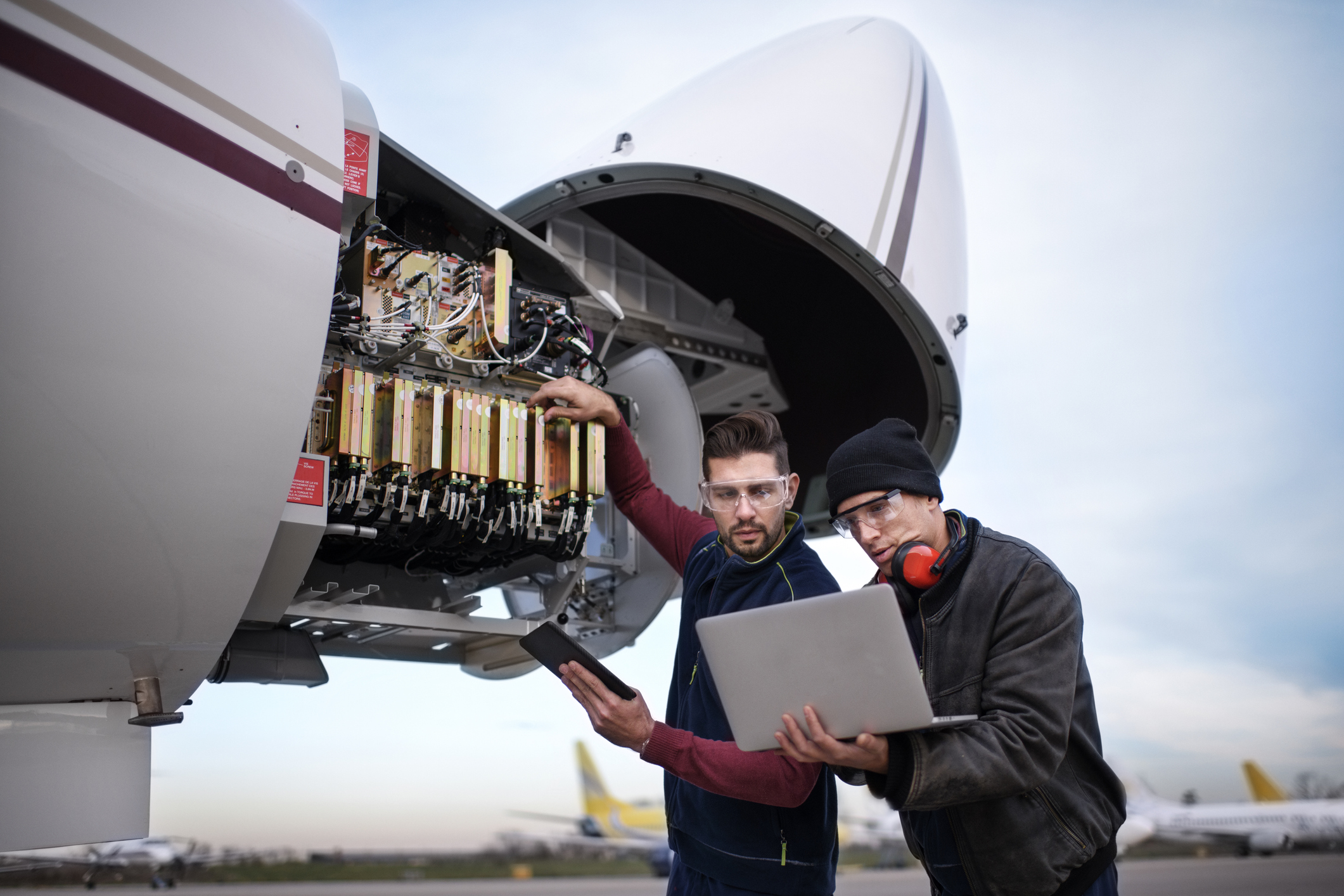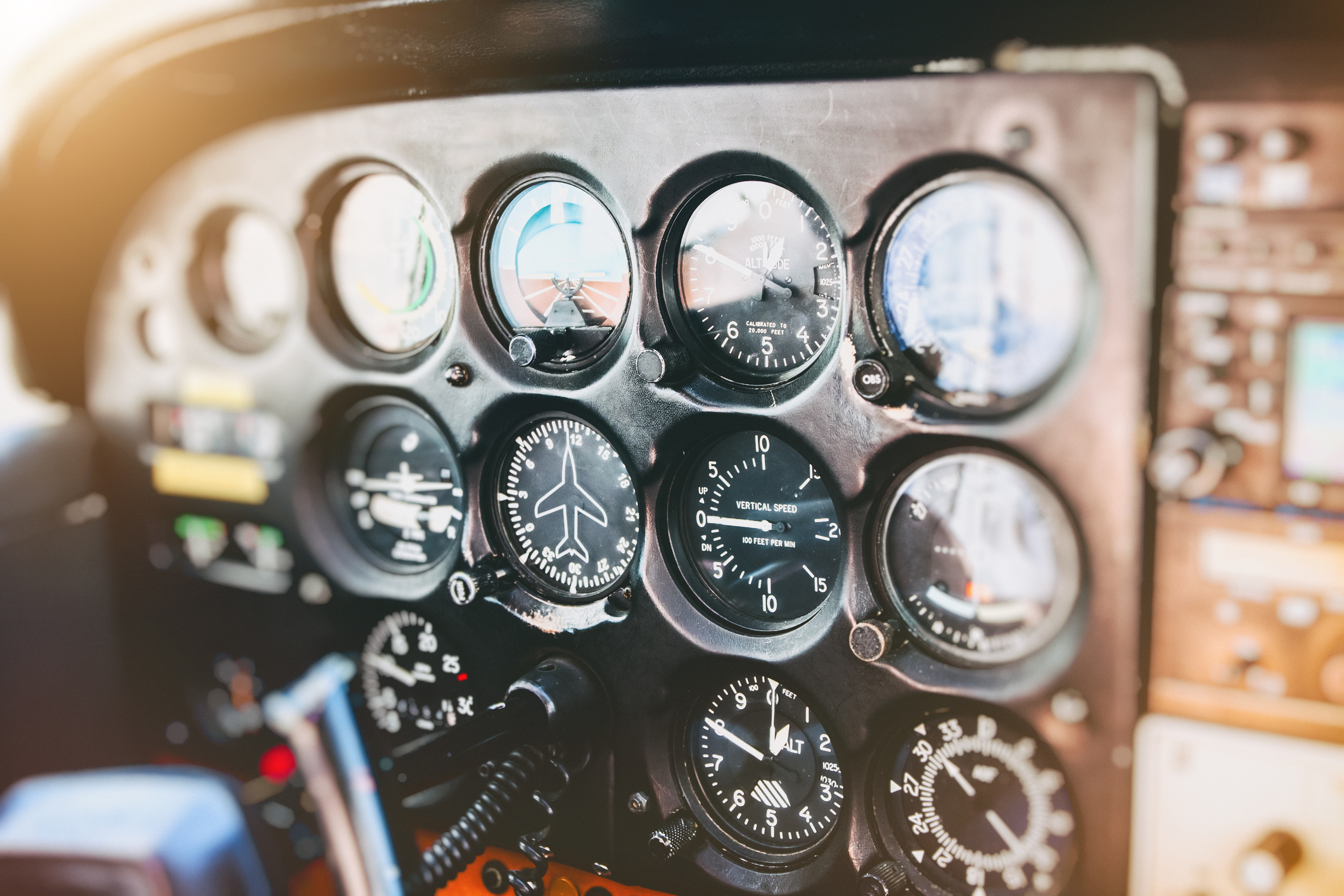A career as an aviation maintenance technician offers countless opportunities and is one of the most important jobs in aviation. Learn more about AMT now!
[lwptoc skipHeadingLevel=”h3″]
There are not many careers with their own ‘day.’ May 24th is Aviation Maintenance Technician Day! The achievements and contributions of aviation technicians are celebrated and recognized. It is a tradition that is probably much older than you think too. Today we will look at the career of an aviation maintenance technician, how you can make the first steps towards achieving this goal, and even touch on a little of the history of this great career.
May 24th: Aviation Maintenance Technician Day
Have you ever heard of Charles Edward Taylor? If not, you might be surprised to learn that he was more than likely the world’s first-ever Aviation Maintenance Technician.
How do we know that?
He worked in the building (and maintaining) of the world’s first-ever airplane. The Wright Flyer!
If May 24th seems like an obscure date, it was proposed by a resolution of congress in 2007 that this date should be used to recognize the efforts and commitment of aviation maintenance professionals; it also is the birthday of Charles Edward Taylor.
What is an Aviation Maintenance Technician?
An aviation maintenance technician (or AMT) is a skilled tradesperson whose job is to oversee and perform essential aircraft maintenance.
This could include things such as:
- Performing regular airplane checks
- Performing airplane repairs
- Fault finding
- Using computers, technology, and diagnostic systems
- Troubleshooting
- Research
The role is very integral to the aviation industry, and Pilots should not fly an aircraft without an AMT’s approval and must be FAA-approved.
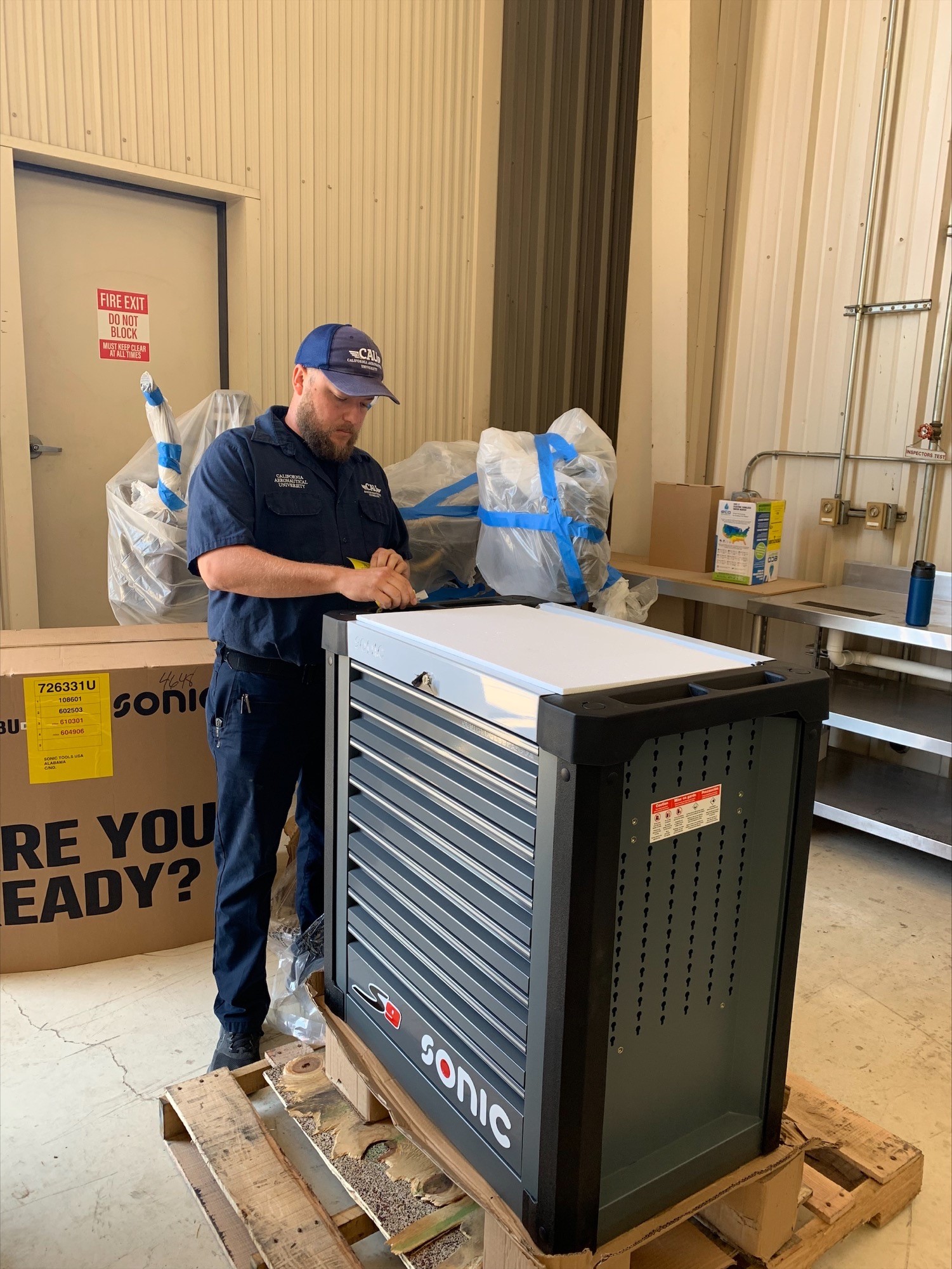
Why Become an Aviation Maintenance Technician?
Here are a few reasons why it may be worth considering:
Variety
In aviation, no two days are ever the same. AMT’s work all around the clock. If the daily 9-5 sounds monotonous, then this could be a valuable career for you. There is also massive scope to travel internationally, as AMT’s are in high demand worldwide according to Boeing’s 2021 study on aircraft technicians.
Hands-On
Who doesn’t like getting their hands on cutting-edge technology? Depending on the path you take, you could find yourself working on airplanes of the future, some of which might not even have been designed yet.
Every Day is a School Day
As an Aviation Maintenance Technician, the learning never stops. If you enjoy digging down into a problem and gaining a sense of reward by discovering the answer, then an AMT career will provide a great outlet to learn and develop.
Responsibility
The safety of an aircraft, including its crew and passengers, may literally be in your hands. If that sounds a little dramatic, you are also responsible for ensuring that thousands of people can go on vacation each day!
Perks and Benefits
The rewards are pretty great as an AMT. Depending on who you work for, you might be eligible for staff travel perks.
Learn the benefits of becoming an aviation maintenance technician below.
Steps to Become an Aviation Technician
If all of the above sounds attractive, then you will want to know how to start on the path. Here are four critical steps to becoming an Aviation Maintenance Technician.
1. Achieve Early
Although it may sound vague, as we have seen, an AMT is a highly responsible job. It is going to require hours of study and dedication. And this does not start on the day you arrive at college.
The first step on the road is achieving your high school diploma. Most 147 schools set this as a minimum requirement.
2. Look for a Good AMTS
An AMTS, what’s that?
Training to be an AMT requires you to enroll in an FAA-certified Aviation Maintenance Technician School, also called an AMTS. This certification is awarded to a college by the FAA when it has exceeded a minimum standard of training and regulatory requirements.
3. Consider Your Ratings
Aviation technicians are skilled operators. The course you pick will vary in length, dependent on the ratings you want to achieve. Examples of ratings include:-
- General Maintenance
- Airframe Maintenance
- Powerplant Maintenance
- Airframe and Powerplant Combined
Be aware that the hours’ requirements increase as you go down the list. A general rating only requires 400 hours; airframe and powerplant technicians need 1900 hours.
If you want to see what a detailed breakdown of this involves, check page #20 of this document. That’s a lot of ground to cover!
There is also the possibility to perform on-the-job training (or OJT); however, considering that this is nowhere near as structured as an approved course, you might find this takes significantly longer to gain the required experience.
- Enjoy and Learn!
At an FAA-approved college or university, you will find that a structured and supportive environment ensures that you get the best possible success.
The rewards of becoming an AMT are numerous. Work hard to ensure that you can enjoy them.
What are the Benefits of Choosing an Aviation University?
As we said on the job training is possible. Here are some reasons why an approved college may be the better option:
- Proven Success. You will find universities like California Aeronautical University (CAU) that have form and practice in the most effective learning methods to suit you as a student. On-the-job training has pressures that surpass the needs of ‘the new guy.’ Aeronautical universities exist to teach students.
- Structured Environment. As you will have seen, 1900 hours is a lot of work and takes some organizing. A structured syllabus ensures nothing is missed.
- Support. Have questions? With an aeronautical university, there is a good chance your question has been asked before. They will be able to provide the answer in a way geared to you as a student.
- Great Minds Think Alike. College is about meeting like-minded people. The things you experience at college will be with you for the rest of your life. See if you can find that with ‘on the job’ training?
- Hands-on Experience. All theory without practice is never fun. CAU offers the opportunity to ‘get your hands dirty’ in a real-world environment, under the watchful eyes of trained professionals.
A career as an aviation maintenance technician offers countless opportunities and is one of the most important jobs in aviation. It provides scope to expand your horizons, and the only limit will be your imagination. Charles E. Taylor had to teach himself. Imagine what he could have achieved in the best aeronautical college?
Ready to soar in your aviation career?
Mr. Matthew A. Johnston has over 23 years of experience serving various roles in education and is currently serving as the President of California Aeronautical University. He maintains memberships and is a supporting participant with several aviation promoting and advocacy associations including University Aviation Association (UAA), Regional Airline Association (RAA), AOPA, NBAA, and EAA with the Young Eagles program. He is proud of his collaboration with airlines, aviation businesses and individual aviation professionals who are working with him to develop California Aeronautical University as a leader in educating aviation professionals.
